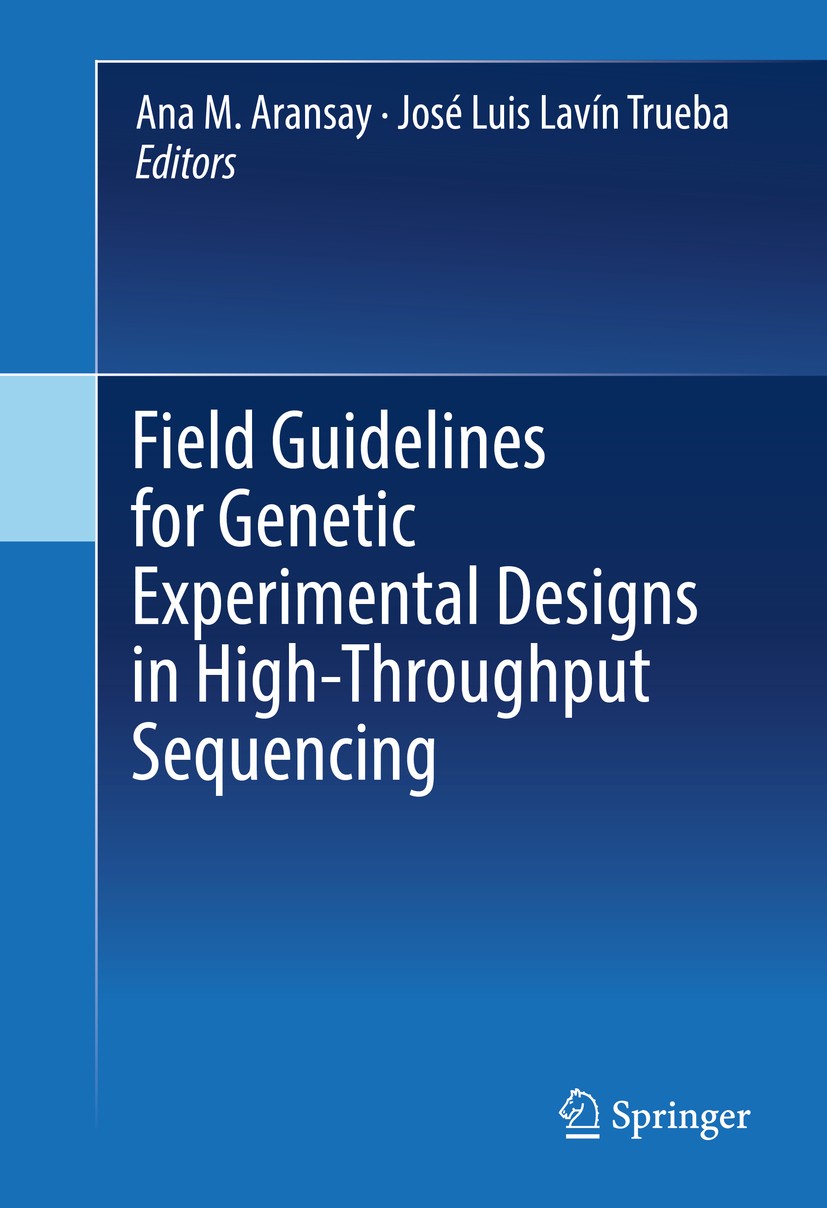| 书目名称 | Field Guidelines for Genetic Experimental Designs in High-Throughput Sequencing |
| 编辑 | Ana M. Aransay,José Luis Lavín Trueba |
| 视频video | http://file.papertrans.cn/343/342595/342595.mp4 |
| 概述 | The main aspects and challenges of the most employed HTS technologies are described in detail including all pros and cons associated with them.Sample requirements for each HTS technology supplied.Case |
| 图书封面 |  |
| 描述 | High throughput sequencing (HTS) technologies have conquered the genomics and epigenomics worlds. The applications of HTS methods are wide, and can be used to sequence everything from whole or partial genomes, transcriptomes, non-coding RNAs, ribosome profiling, to single-cell sequencing. Having such diversity of alternatives, there is a demand for information by research scientists without experience in HTS that need to choose the most suitable methodology or combination of platforms and to define their experimental designs to achieve their specific objectives. .Field Guidelines for Genetic Experimental Designs in High-Throughput Sequencing. aims to collect in a single volume all aspects that should be taken into account when HTS technologies are being incorporated into a research project and the reasons behind them. Moreover, examples of several successful strategies will be analyzed to make the point of the crucial features. This book will be of use to all scientist that are unfamiliar with HTS and want to incorporate such technologies to their research. |
| 出版日期 | Book 2016 |
| 关键词 | Bioinformatics; DNA; Epigenetics; Genetics; Genomics; HTS; Systems Biology |
| 版次 | 1 |
| doi | https://doi.org/10.1007/978-3-319-31350-4 |
| isbn_softcover | 978-3-319-81018-8 |
| isbn_ebook | 978-3-319-31350-4 |
| copyright | Springer International Publishing Switzerland 2016 |
 |Archiver|手机版|小黑屋|
派博传思国际
( 京公网安备110108008328)
GMT+8, 2025-12-27 22:49
|Archiver|手机版|小黑屋|
派博传思国际
( 京公网安备110108008328)
GMT+8, 2025-12-27 22:49


